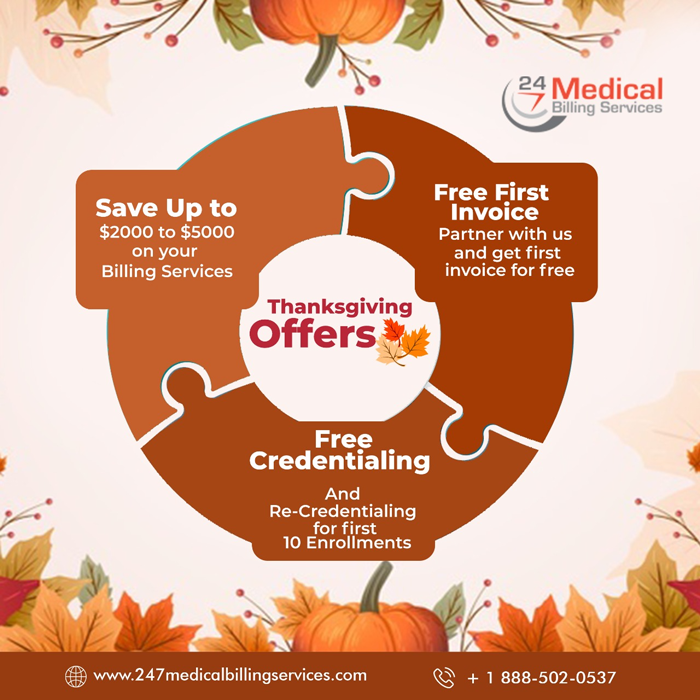All You Need to Know About Cardiology Billing
While different medical billing and coding have their challenges in the healthcare sector, cardiology practices pose a different, intricate, and tedious nature of issues. The cardiology practitioners are already dedicating significant time and resources following the regulations and adequately maintaining the paperwork. But still the recent rollout of the ICD-10 buzzword requires huge documentations, billing and coding compliance, and auditing. Here are some tips that all you need to know about cardiology billing.
Failure to follow any one of the rules and regulations related to the ICD-10 will definitely impact the revenue cycle of your cardiology practice.
Since cardiology is a specialty practice, it offers a range of services. It includes invasive procedures, blood work, radiology tests, interventions to patients in different settings, etc. Based on the services provided, the care, medication, and the handling of the situation will determine the degree of cardiology billing and coding.
Also, there are various factors such as whether the patient was cared for in the hospital, an outpatient service, a same-day surgery in the hospital, or the physician’s office will dictate the billing and coding procedure.
Undoubtedly, knowing all the correct codes and billing can be challenging in cardiology. However, here are five tips that can prove to be the fine line between a successful cardiology billing procedure and losing out on revenue for wrong coding.
1. Use EMR
A competent cardiology billing system will not work without adopting EMR. Electronic Medical Records (EMR) is known for its efficiency. The use of EMR and Electronic Health Records makes the entire process efficient and increases productivity while cutting down costs.
Adapting EMR also requires the practice to update the billing system with the latest ICD-10. It will help with real-time code updates and identify the correct codes for the services provided. It thus reduces human error, mainly when the practitioners and the staff have to remember every letter, code, and the multiple codes and procedures that come with it.
2. Staying Up to Date
Keeping all the HCPCS, CPT, PCS, and ICD-10 CM codebooks at the facility is a must. In addition, practice of going through the American Heart Association (AHA) newsletter, which is published every quarter, should be followed. It keeps the practices posted about the frequent changes in the regulations, guidelines, and other codes.
Also, make it a habit to regularly visit the CMS website and subscribe to the publications offered by CMS, OIG, and state and local agencies that oversee and regulate cardiology billing practices.
Another pro tip is to do a cross-reference when looking up codes. Go through both the tabular index and the alphabetical index. The code can sometimes be correct in the alphabetical index but might have some extra notes or disqualifiers in the tabular index.
3. Undertake Frequent Audit
One of the benefits of conducting regular audits is to ensure that your revenue cycle is efficient. Both internal and external audits reveal the system’s flaws and the errors made in the documentation and coding. It also helps pinpoint areas causing revenue loss so that it can be remedied.
Adding to this audit also ensures that staff gets regular and proper training in the latest coding and billing process, improving the overall compliance.
The frequent audit ensures correct documentation and reimbursement while ensuring good coding practice for better and faster returns. It also decreased the frequency of external audits.
4. Introduce Free-For-Value Billing
Since the inception of the free-for-value billing system, also known as pay-for-performance service, the model has been popular among insurance carriers, the healthcare industry, and even the patients.
The procedure focuses on providing results instead of just giving procedure deliveries. As a result, the pay-for-performance practice in cardiology’s billing system can help you get most of the revenue cycle progressively.
5. Correct Documentation
Irrespective of which healthcare service you provide, accurate documentation is a must, especially when it comes to cardiology billing. As mentioned earlier, cardiology billing and coding have multiple indexes, changing frequently.
Inaccurate documentation will hinder reimbursements and slow down the revenue cycle. Inaccurate documentation can also result in inconsistent coding. For instance gap in the documentation of general cardiac check-ups can cause a loss in potential codes and other code-able components.
As a result, thorough, complete, and accurate documentation is required in cardiology to ensure proper coding is done.
How To Ensure All These Are Taken Care Of?
No doubt, performing the cardiology practice is challenging enough. Top of that training the staff, getting the new billing and coding software, managing the EMR, and ensuring all the need to know about cardiology billing and coding are done correctly enhances the further burden.
If you fail even in a single area of all these, you will be losing revenue, and under worst-case scenario, improper billing can attract external audits. The best way to ensure your smooth cardiology billing is outsourcing cardiology billing services to 24/7 Medical Billing Services as a full-proof strategy while you give the best service to your patients. Contact their expert cardiology medical billing team right now need to know about cardiology billing.
Read more: How To Reduce AR Days For Cardiology Billing?



